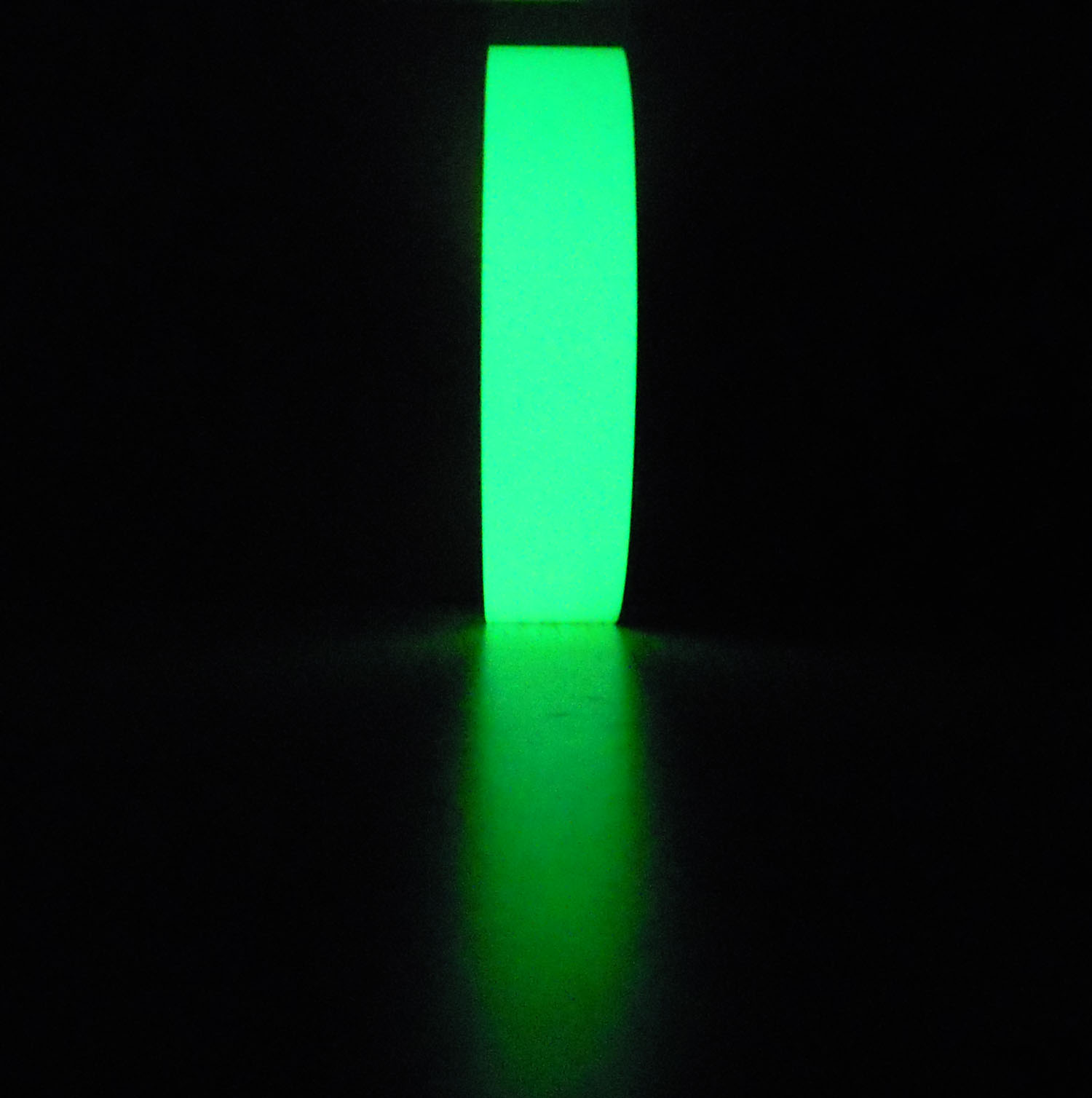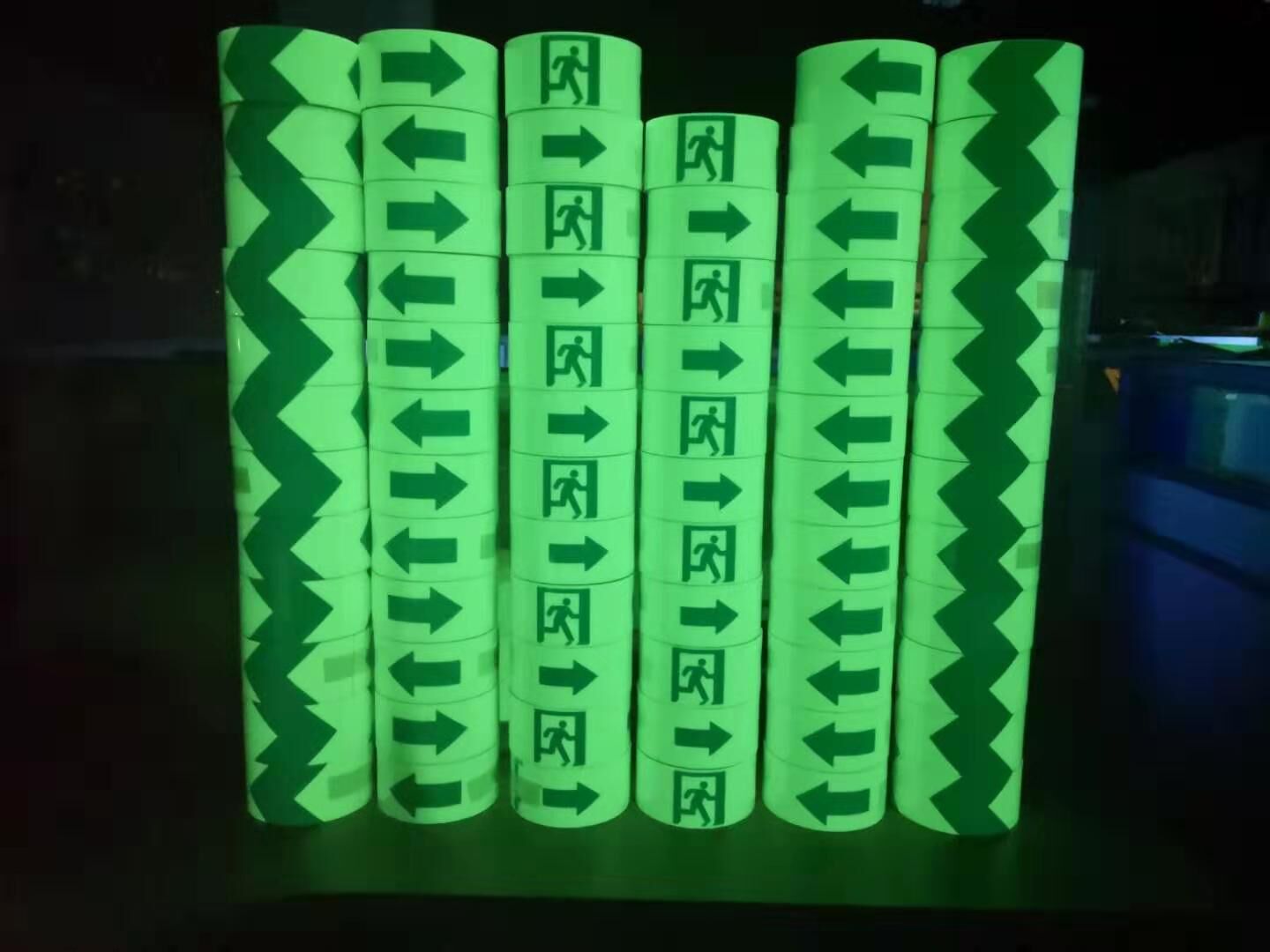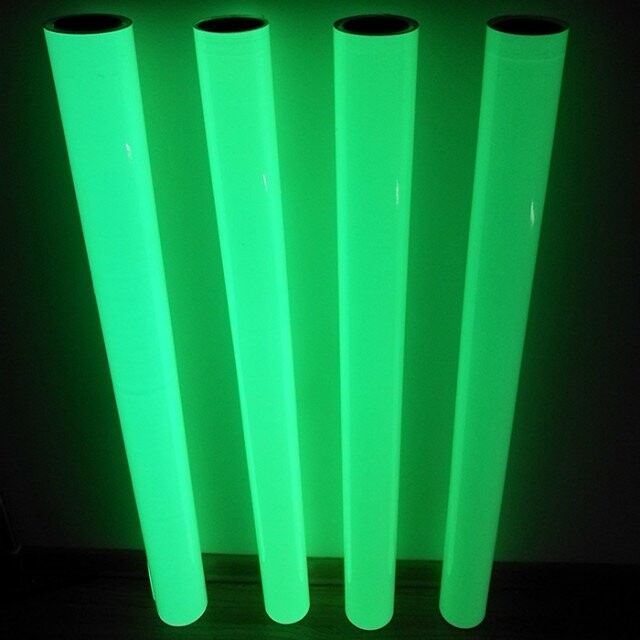Today, with the rapid development and popularization of computers, it has become common to use Chinese computers to input, edit, and process Chinese characters. In medical electronic products, more and more occasions need to display Chinese characters.
When using a high-performance CPU, a GUI program supported by an embedded operating system (such as Linux, WinCE) can be used to implement a friendly human-machine interface. In many cases, it is necessary to use a relatively simple MCU to control the entire system, such as the system control and human-machine interface using the single-chip STC89C516RD+. At this time, a low-cost solution that requires less resources must be sought. This paper introduces the implementation of Chinese input method in B-mode system.
Font design
The usual Chinese character display method is: first use the font software to extract the required Chinese character lattice, the obtained data can be put into the ASM assembly file, and then compile the assembly file in the MCU integrated development environment - generate BIN file, and then use The programmer burns the BIN file to the chip. In use, it reads the Chinese character dot matrix data in the chip and writes it into the character memory.
If there are fewer words to display, there will be less dot matrix data, and the data can be burned to the program memory. The Chinese input method is implemented, and the displayed words are relatively large, and the amount of data is relatively large. It is necessary to generate font data specifically and put it into the extended data memory.
To construct a Chinese character library, there are usually the following methods: use a program space to make a small font library; use a large-capacity ROM chip to specialize in a Chinese character library, which is generally not used in small portable devices; in order to reduce cost and reduce volume, for speed requirements Larger serial data memories such as the AT45DB041B can be used in applications that are not very high.
The file HZK16 and file ASC16 in the UCDOS software are 16×16 national standard Chinese character dot matrix files and 8×16 ASCII code dot matrix files, respectively, and are stored in a binary format. The most commonly used ASCII code lattice is 5×7 (5 dots in the horizontal direction, 7 dots in the vertical direction) or 7×9. For a given font character, the more points in the glyph, the better the quality of the glyph, and the larger the amount of data required, the more storage space is used. For different display systems, the same data is displayed, and the required data is arranged in different order. The existing HZK16 and ASC16 files may not be directly applied to the system. The commonly used method is freely definable by arrangement. The font software takes the data and places it in the program or data storage area.
By comparison, it is found that using 12×12 dot matrix form to represent Chinese characters and 8×12 dot matrix form to represent ASCII code can balance aesthetics and reduce hardware expenses, and some program modules can be shared, and also for later Chinese and English display interfaces. The menu operator interface lays the foundation. The font software must take a direction of multiples of 8 when fetching data, so 12×12 will be automatically adjusted to 16×12 or 12×16, and the dot matrix characters are shown in Figure 1.
![]()
Figure 1 dot matrix characters
It is not difficult to find that 24K is required for a Chinese character, and half of 12B is blank. If the data obtained by the font is compressed, 18B is enough to store the dot matrix data of a Chinese character.
Hardware block diagram
As shown in Figure 2, the internal memory of the STC89C516RD+ integrates 64KB flash memory and 1280B SRAM. It does not need to extend the external program memory by its internal resources, decoder, screen address generator, multi-address/data switching, TV signal generator. Most of the TV signal synthesis is realized by FPGA programming. After the signal is synthesized, it is sent to the monitor screen through D/A conversion.
![]()
Figure 2 hardware block diagram
Glow in dark tape
Glow in dark tape is one of the hottest product of Jerry Tape. We adopted first-class glowing powder which ensure the quality of glowing effect and the time it can last. We have PET and PVC materials, PET is more cost effective, but PVC accept printing. To meet more requirements of different applications, we studied and designed different kinds according to the time it can last. We have 2hours glowing, 4hours glowing, 6hours glowing, 8hours glowing, 10hours glowing and 12hours glowing. The most commonly used sizes are 1240mmx45.7m, 1inchx5m, 1inchx10m, 2inchx5m, 2inchx10m, and other sizes. We also can customize the package for you.



Glowing Tape
Glow in dark tape, Glowing Tape,Luminous Tape,Glow In The Dark Tape,Glow In The Dark Duct Tape
Kunshan Jieyudeng Intelligent Technology Co., Ltd. , https://www.jerrytape.com